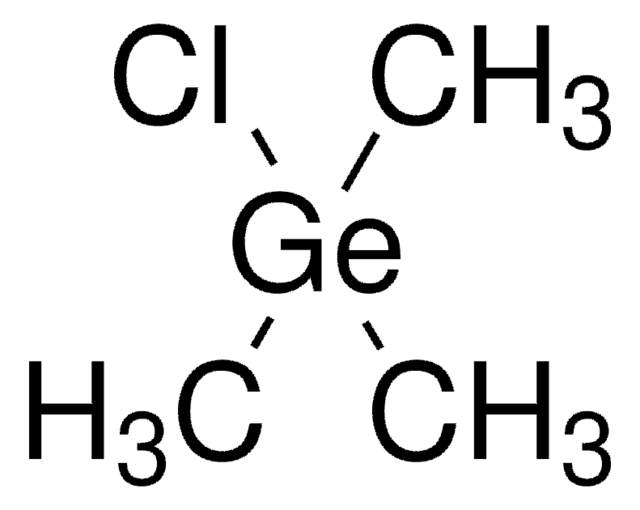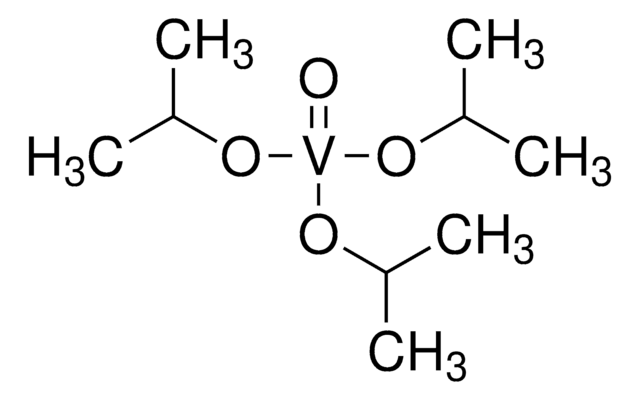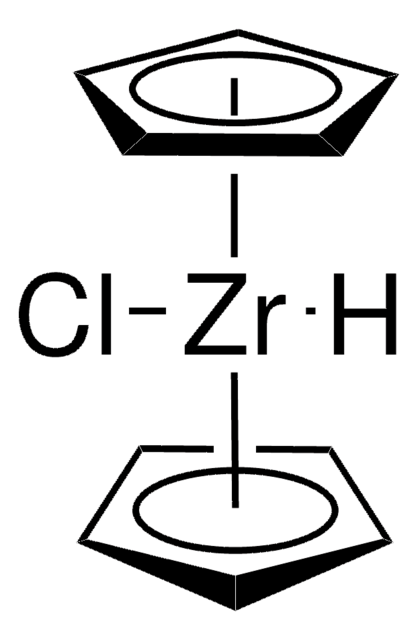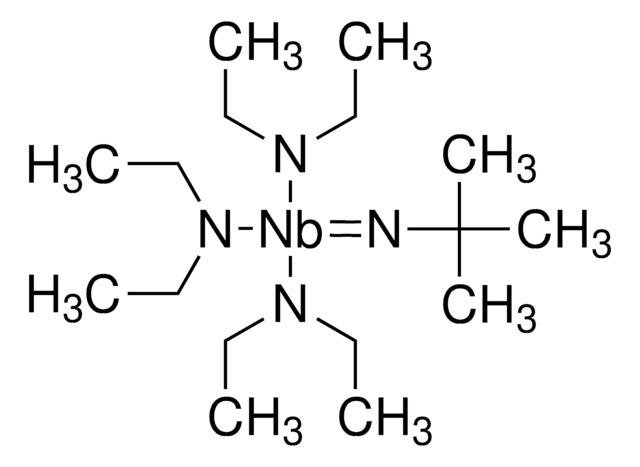396265
Bis(2-carboxyethylgermanium(IV) sesquioxide)
99%
Synonym(s):
GE 132
About This Item
Recommended Products
Quality Level
Assay
99%
form
solid
functional group
carboxylic acid
SMILES string
OC(=O)CC[Ge](=O)O[Ge](=O)CCC(O)=O
InChI
1S/C6H10Ge2O7/c9-5(10)1-3-7(13)15-8(14)4-2-6(11)12/h1-4H2,(H,9,10)(H,11,12)
InChI key
XEABSBMNTNXEJM-UHFFFAOYSA-N
Looking for similar products? Visit Product Comparison Guide
General description
Application
Storage Class Code
11 - Combustible Solids
WGK
WGK 2
Flash Point(F)
Not applicable
Flash Point(C)
Not applicable
Personal Protective Equipment
Choose from one of the most recent versions:
Already Own This Product?
Find documentation for the products that you have recently purchased in the Document Library.
Active Filters
Our team of scientists has experience in all areas of research including Life Science, Material Science, Chemical Synthesis, Chromatography, Analytical and many others.
Contact Technical Service








